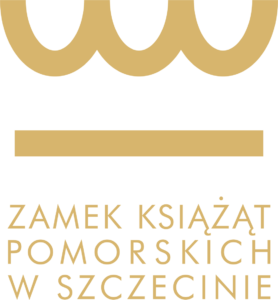The castle under the rule of Sweden (1637-1720)
After the Duchy of Pomerania fell and its lands were partitioned, Szczecin came under the rule of Sweden. The castle became the Swedish governor’s seat and a Pomeranian residence of the king of Sweden. Throughout the 80-year period of the rule of Sweden (1637-1720), despite significant damage suffered during the siege of Szczecin by the Brandenburg elector’s army in 1677 and reconstruction planned in a Baroque style, the building retained its appearance and numerous pieces of equipment from the times of the Duchy of Pomerania. The appearance of the castle was also enriched by an impressive Baroque astronomical clock put up on the Clock Tower (made in 1693 by Kaspar Nitardy from Drawsko) where it can still be admired in the Great Courtyard.
In the years 1708-1711, during the Northern War, Catherine Leszczyńska, a royal spouse to Stanisław Leszczyński, King of Poland, who had support of Sweden, resided in the castle with her daughters. In 1711, Stanisław Leszczyński also briefly stayed there, which is commemorated on a plaque on the lower floor of the Clock Tower.





